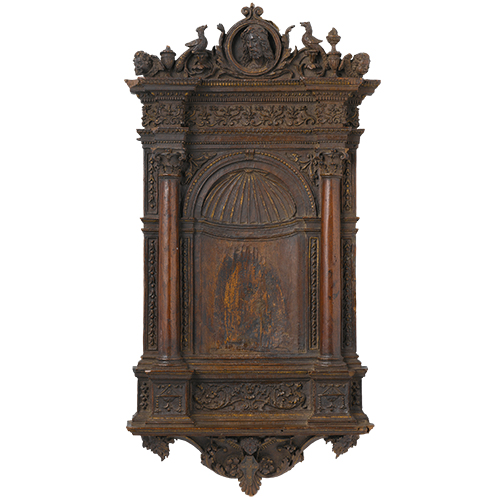'A Thing of Beauty is a Joy Forever’
A Piccolomini Tabernacholetto from the Collection of Otto Lanz
DOI:
https://doi.org/10.52476/trb.9758Abstract
A somewhat neglected late fifteenth-century panel from the collection of the Amsterdam-Swiss surgeon and art collector Otto Lanz, which he cherished, is investigated here. This article argues persuasively that the panel is a devotional tabernacle, intended for private devotion, of a kind that often hung on the wall of a bedchamber in the late Middle Ages. The missing central image may have been a Virgin and Child or a Pietà. Lanz attributed the carving to the woodcarver Antonio di Neri Barili or Barile (1453-1516). Barile was the most important woodcarver in Siena, who worked for distinguished clients, among them the Piccolomini family, which was responsible for introducing the Roman all’antica style to Siena shortly after 1500. The tabernacle contains the family’s coat of arms and various motifs that correspond to documented work by Barili, and was carved in his characteristic crisp, open style. If this panel is indeed by Barili, it would be the smallest surviving object in its own right to come out of his workshop.
Downloads







